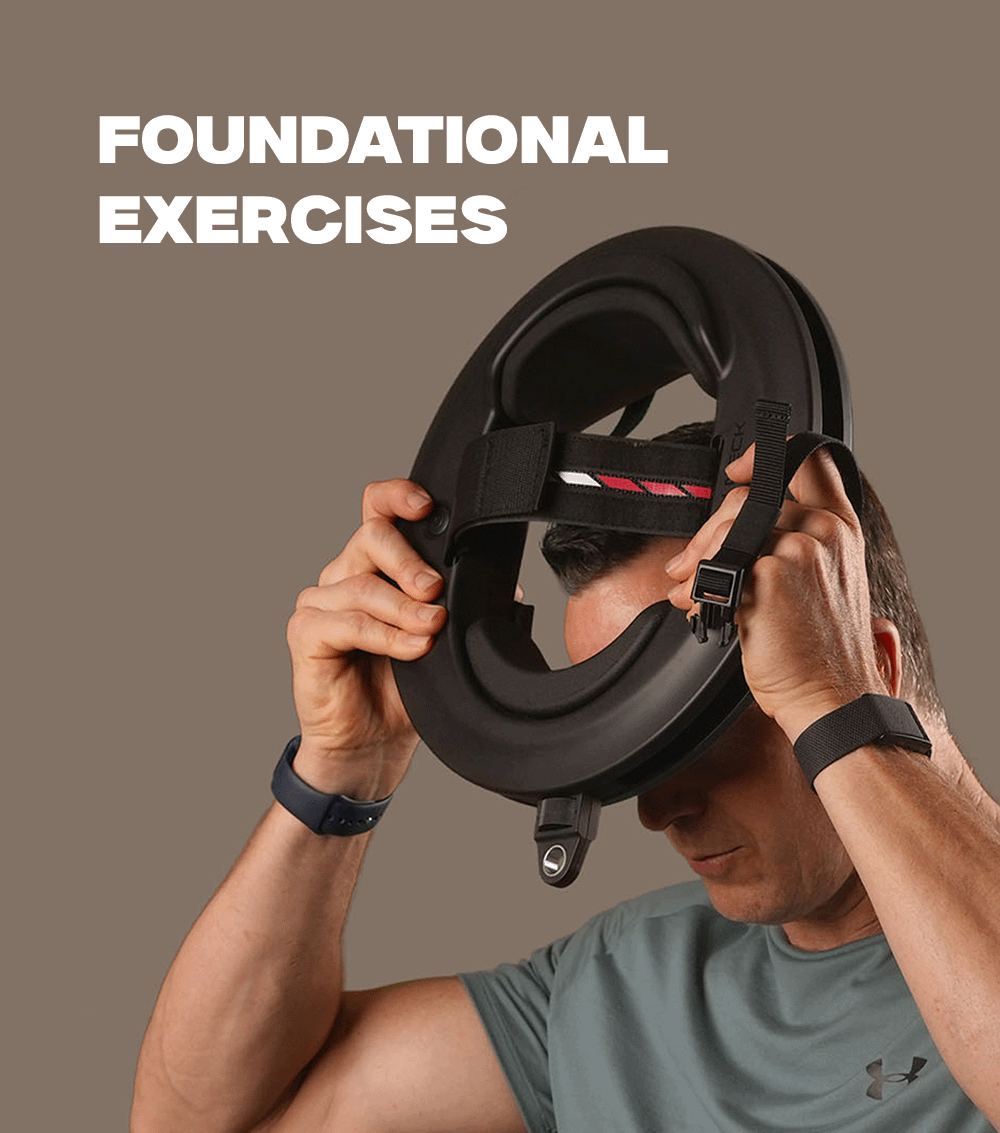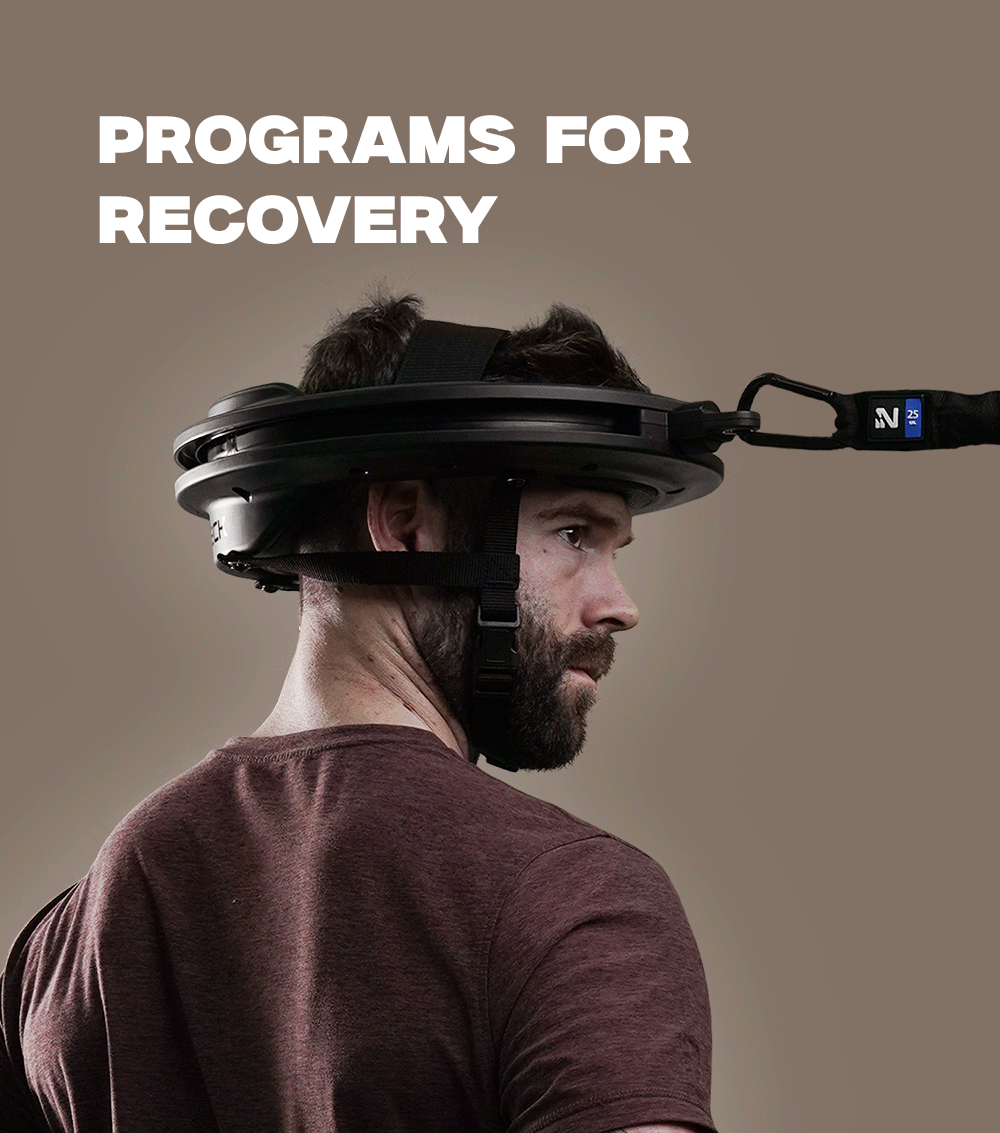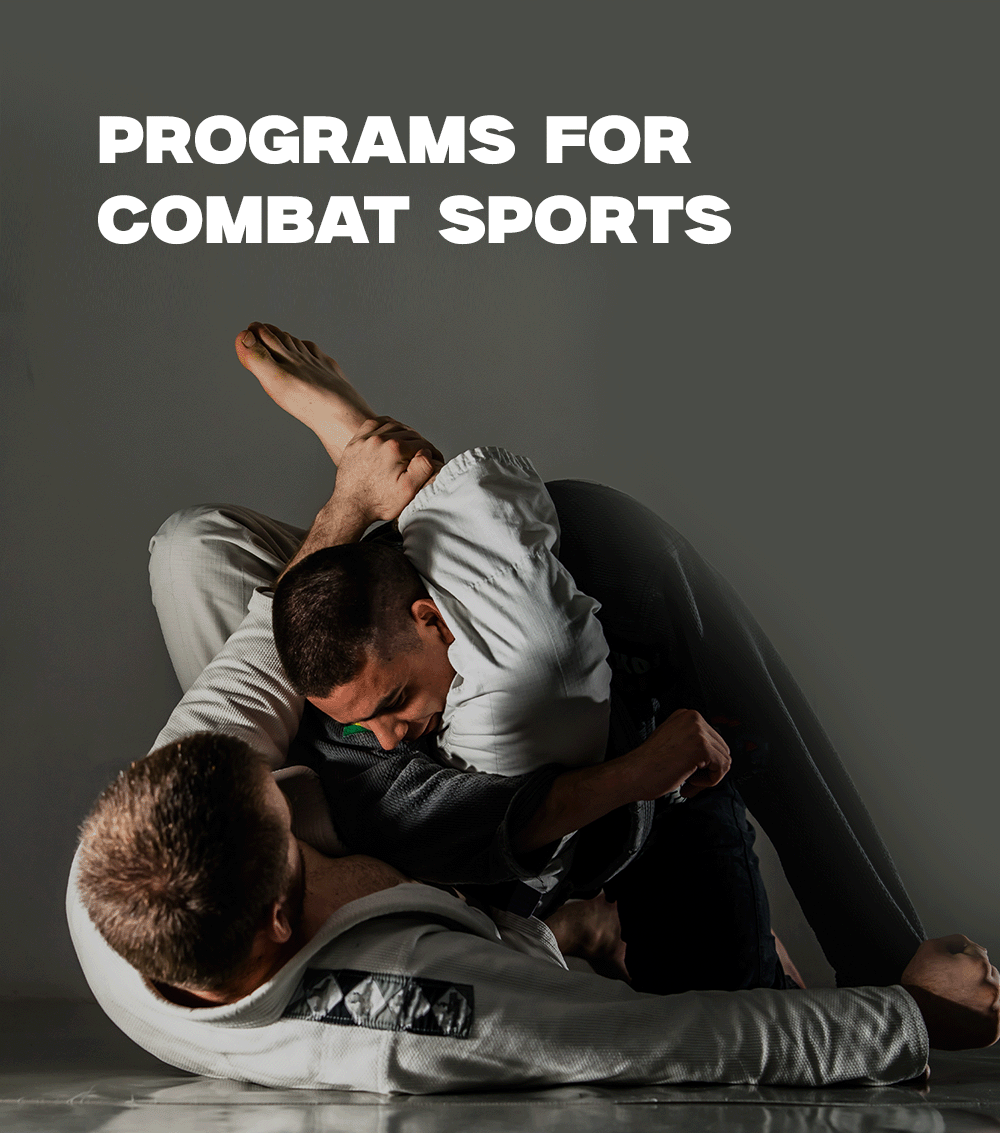If your head is feeling a bit heavy, you get frequent headaches, and you're feeling tons of neck pain, then you probably have a weak neck. In fact, most people do suffer from neck weakness. This is one of the most neglected muscle groups in the human body.
Your head may be smaller than the rest of your body parts, but it packs a lot of weight. In fact, an adult head weighs around 8 to 12 pounds, and your neck is responsible for supporting all that weight. It's also responsible for absorbing any impact that your head takes.
And as you can imagine, without sufficient neck strength, you'll deal with a host of problems. These include neck pain, poor posture, decreased athleticism, and a heightened risk for serious neck injuries. The only way to strengthen your neck is to make an actual effort to train it.
Fortunately, we're the pros when it comes to neck training. And today, we're going to help you build those muscles in your neck and upper back. We'll provide you a few key insights on how to overcome neck weakness in this complete guide. But first, let's talk about what's causing your weak neck.
What Causes Weak Neck Muscles?
The main cause of a weak neck is bad posture. In this day and age, a majority of us have bad posture due to technology. We are constantly straining our necks forward toward our computer screens or staring down at our phones which weaken the muscles at the back of our neck and cause tight chest muscles at the front. This results in a forward head posture known as tech neck. We also have more exercise tips for fixing forward head syndrome or tech neck on our blog.
Another cause of weak neck is injury. If you got into a collision or experienced trauma that injured your neck, such as whiplash, the muscles in your neck have likely atrophied. Your spine might have recovered, but the muscles around it have shrunk away. The result? Neck and upper back pain, headaches, and a constant feeling of heaviness in your neck.
Fortunately, you can train any muscle in your body to get stronger—even the muscles in your neck. Similar to any other muscle in our body, the only way to make your neck stronger is through neck strength training.
Weak Neck Muscles Symptoms
So, how can you tell if you’re suffering from neck weakness? There are a few telltale weak neck muscles symptoms that indicate your strength is lacking. Here are a few:
- Pain or discomfort in the neck
- Limited range of motion of the neck
- Headaches or migraines
- Numbness or tingling in the arms or hands
- Dizziness or lightheadedness
- Difficulty maintaining an upright posture
- Fatigue or weakness in the upper body
- Difficulty swallowing or speaking
- Tinnitus or ringing in the ears
- Visual disturbances, such as blurred vision or double vision
- Sleep disturbances, such as difficulty falling or staying asleep
- Increased susceptibility to neck injuries, such as strains or sprains.
If any of these weak neck muscles symptoms apply to you, it’s likely that you’re one of the many individuals who suffers from weak neck muscles. The good news? The solution is quite simple - train your neck! Before we get into that, here are all the benefits you’ll gain from this journey:
The Benefits Of Working to Eliminate Neck Weakness
The neck is the most under-trained part of the human body. People don't realize the importance of training the neck until they develop an injury—but you don't have to make the same mistake.
By training your neck, you not only strengthen the muscles in your neck but also improve the rest of your upper back. Your overall quality of life also improves. There are tangible benefits of neck exercises. Here's how working to eliminate neck weakness can improve your quality of life dramatically:
IMPROVES POSTURE
If your neck weakness is caused by poor posture, strengthening your neck can help build the muscle that you need to bring your posture back to normal. Most times, your neck weakness affects both your neck and shoulder blades. The weight of your head pulls down your neck, which also forces your shoulder blades to start to hunch.
A strong neck is more capable of supporting the weight of your head. It no longer gets pulled down, and those shoulder blades are no longer rounded - leading to improved posture. And that's not all. It's common for people with desk jobs or those who drive far to start slouching as time goes by. By strengthening your neck, your ability to maintain good posture during prolonged sitting also improves 2.
RELIEVES & PREVENTS NECK PAIN
Do you feel as if you're carrying stress in shoulders and neck? It could be neck weakness to blame. Neck pain and weakness go hand in hand. As such, strengthening your neck is essential in combating neck pain(3, 4). However, there are cases when your neck pain is being caused by something else. Sometimes it's no longer the muscles in your neck. Rather, it is a problem in the cervical spine itself. It could be a slipped disk, osteoarthritis, or some other bone disease. Fortunately, neck training can still help relieve pain in such cases.
Studies show that together with medication and other therapies, physical therapy can help. Through neck strengthening exercises, physical therapists are able to relieve pain in patients with pinched nerves in the cervical spine (5, 6). All of this is to say that the best way to prevent neck pain is by creating a more bulletproof neck.
ENHANCED ATHLETICISM
If you're an athlete, overcoming a weak neck is of particular importance. The reason being it can help enhance your athleticism and improve your performance. This is true of a variety of sports - from football to hockey, rugby, golf, boxing, Olympic events, and so much more. Essentially, any sport that requires you to have your head on a swivel and have quick reaction time can benefit from improving your neck strength and mobility.
Beyond enhancing your athleticism, though, this is important for athletes because a strong neck keeps them playing the sport they love rather than being sidelined with injury...
REDUCES SEVERITY OF NECK INJURIES
Aside from treatment and relief, neck strengthening can also prevent you from getting severe neck injuries. Studies have shown that women are more susceptible to concussions due to neck injuries because of their weaker necks 7. If you want to lower your chances of getting a concussion from neck injuries, you need to strengthen your neck. For every one-pound increase in neck strength, the odds of getting a concussion from neck injuries are decreased by 5%.
What Do You Need to Begin the Battle Against Neck Weakness?
If you're going to start training your neck seriously, you're going to need a few pieces of neck workout equipment. Resistance loop bands and head harnesses have been used for neck training and neck injury rehabilitation for several years. These are some of the basic equipment you're going to need to start your journey. However, there is one particular piece of neck training equipment that has changed the way people train their necks: the Iron Neck.
Resistance bands and neck harnesses are great, and they are effective at strengthening your neck. But those who really want the best need the Iron Neck. With this piece of equipment, you won't be limited to certain types of neck exercises. You'll have access to more than just isometric movements where you are contacting your muscles, pushing against a certain force, without any movement.
The Iron Neck has a one-of-a-kind design that allows the user to target every single muscle in their neck. It's great for isometric, eccentric, concentric, rotational, and anti-rotational strength. So you not only build strength in your neck and cervical spine, you even develop full mobility in your neck.
There's no question this is the best neck exercise equipment on the market. However, if you don't quite have the budget for this sophisticated system, you can attempt to get by with a neck harness. And with that said, keep reading below to learn how to get a thicker neck.
Top 5 Neck Strengthening Exercises With The Iron Neck For Beginners
Now that we've discussed everything there is to know about weak neck muscles, we've listed the best neck exercises for mass that every beginner should try. These exercises will help strengthen weak muscles and loosen up tight muscles in the neck. They'll even strengthen the upper back muscles. Let's start with a basic one: the 360 spin.
360 SPIN
Focus on keeping the Iron Neck ring, resistance band, and anchor in alignment while maintaining perfect posture. Your neck should be in a neutral position. It shouldn't be tucked into your chin, slanting sideways, or protruding forward. Slowly pirouette with both feet to take a full spin and view of the room. Do this in both clockwise and counterclockwise directions. You should feel some tension on your neck as you move in a 360.
LOOK LEFT & LOOK RIGHT
This exercise is very straightforward, all you have to do is look left and look right. Make sure to keep the chin and eyes parallel to the floor while you rotate your neck. The shoulders should be relaxed and steady.
PROTRACTION AND RETRACTION
Begin by looking at the anchor point and backing away slowly until you feel just the right amount of tension in the resistance band. It should be challenging but comfortable at the same time. Start pulling your nose away from the anchor point. It should feel as if you are doing a chin tuck exercise. Then, reach forward with the nose. This eccentrically stretches the neck, thoracic spine, and posterior chain. Turn around 180 degrees to reverse the muscular actions.
DIAGONALS
Facing away from the anchor point, begin by rotating your head towards your left shoulder. Your nose should be pointing down, towards your shoulder. Then as you rotate your head to the right, draw a diagonal line with the tip of your nose. Your nose should point towards the ceiling on your right. Keep your shoulders square as you do this. Do this in both directions, then turn around and repeat facing the anchor point. This combines cervical rotation & extension in the sagittal plane.
FIGURE EIGHTS
To perform figure eights, start by facing towards the anchor point. Then using the tip of your nose, draw an imaginary horizontal figure eight or infinity symbol. Try doing this exercise in both directions, first facing toward the anchor point, then away. Be sure to keep your head retracted throughout this movement so we aren't reinforcing forward head posture. Be sure to keep the shoulders relaxed and steady; this exercise is designed to focus on mobility in the neck specifically
Final Thoughts On Weak Neck Muscle Exercises
Well, there you have it - everything you need to know about weak neck muscle exercises. Before conducting the exercises above, check out our video resources on them. This will have you feeling confident in performing the movements safely. Then, grab your essentials and get to work - with some hard work and consistency, you'll develop a thick, sturdy, resilient neck in no time!
If your goals for neck training are not necessarily to develop strength, we have other resources you may be interested in - such as our articles on neck toning exercises, turkey neck exercises, exercises for a pinched nerve in neck, neck spasm exercises, neck mobility exercises, or even neck fat exercises.
You can also learn more about neck training in general. We have articles on neck training frequency, F1 neck training, neck training before and after, neck pain after workouts, and more.
But at this point, the best next step is to sit down and come up with your own personalized regimen to make neck weakness a thing of the past once and for all!






